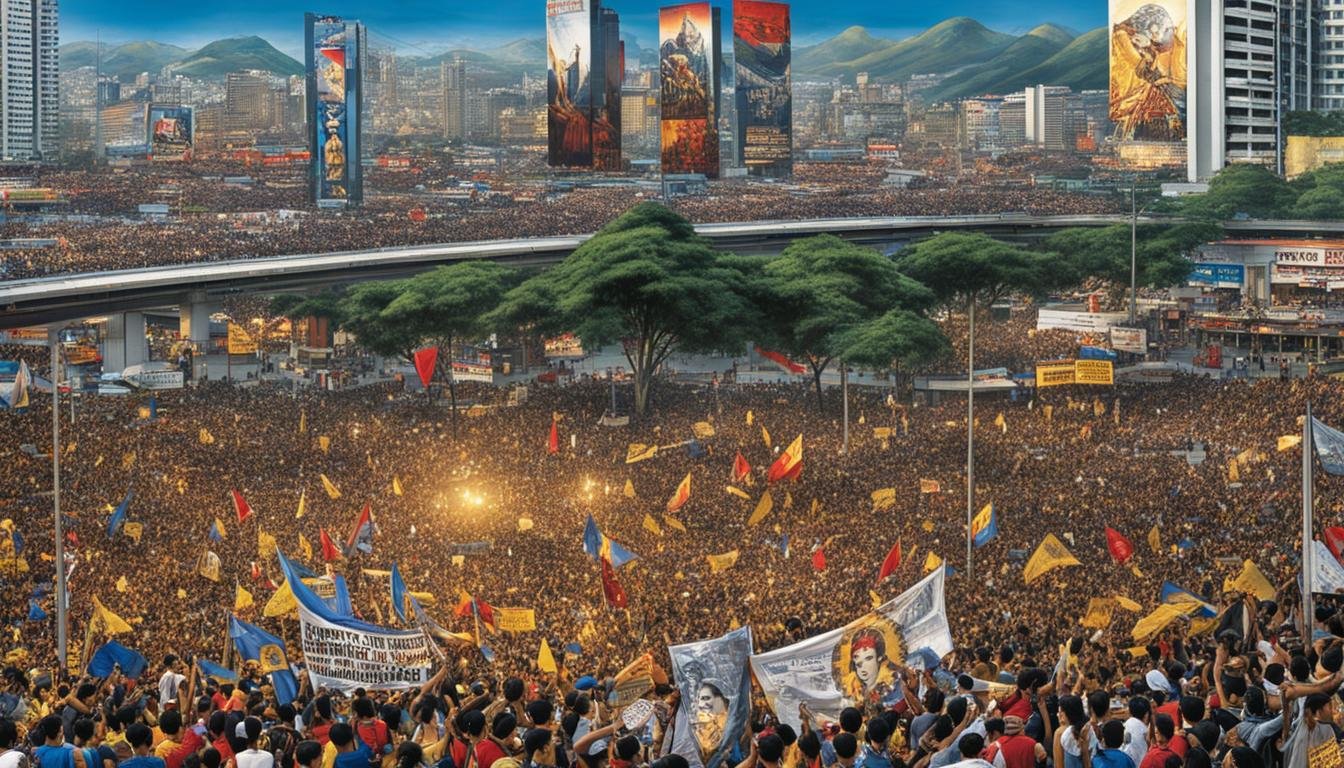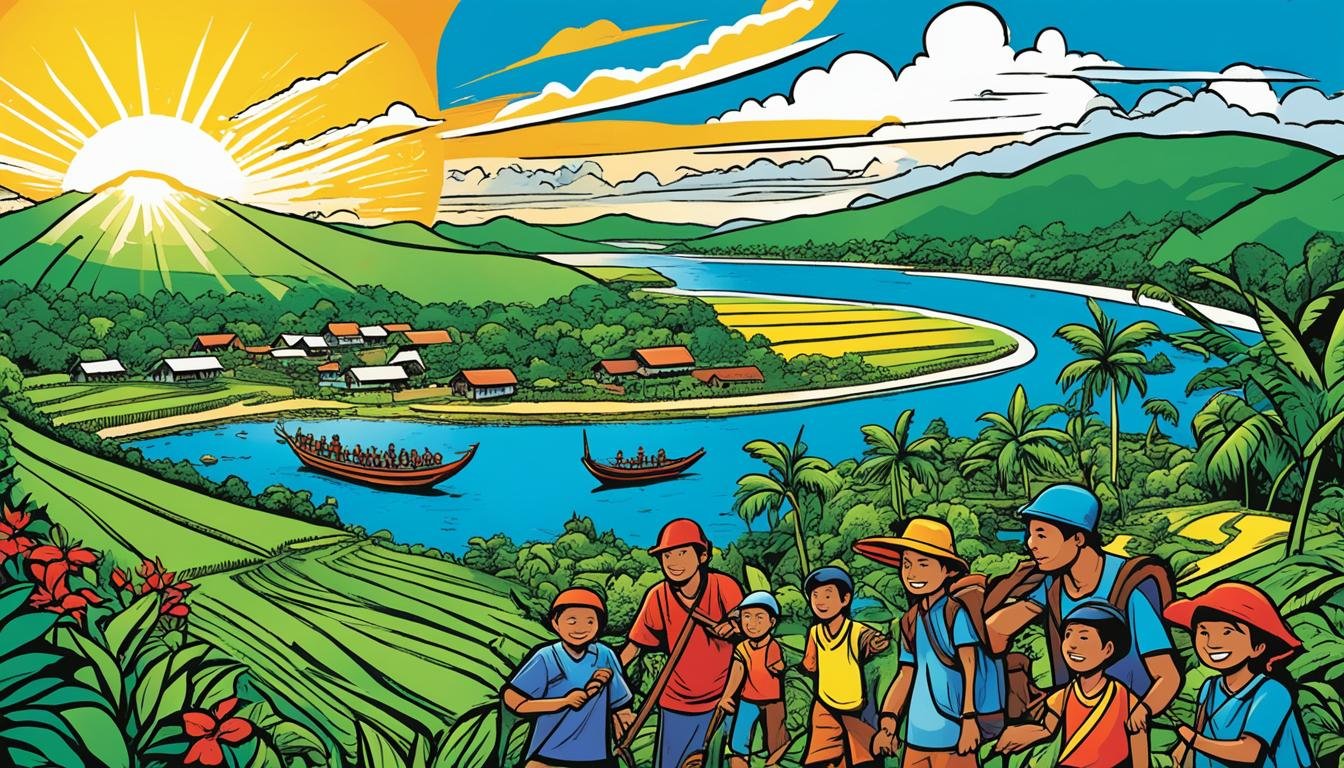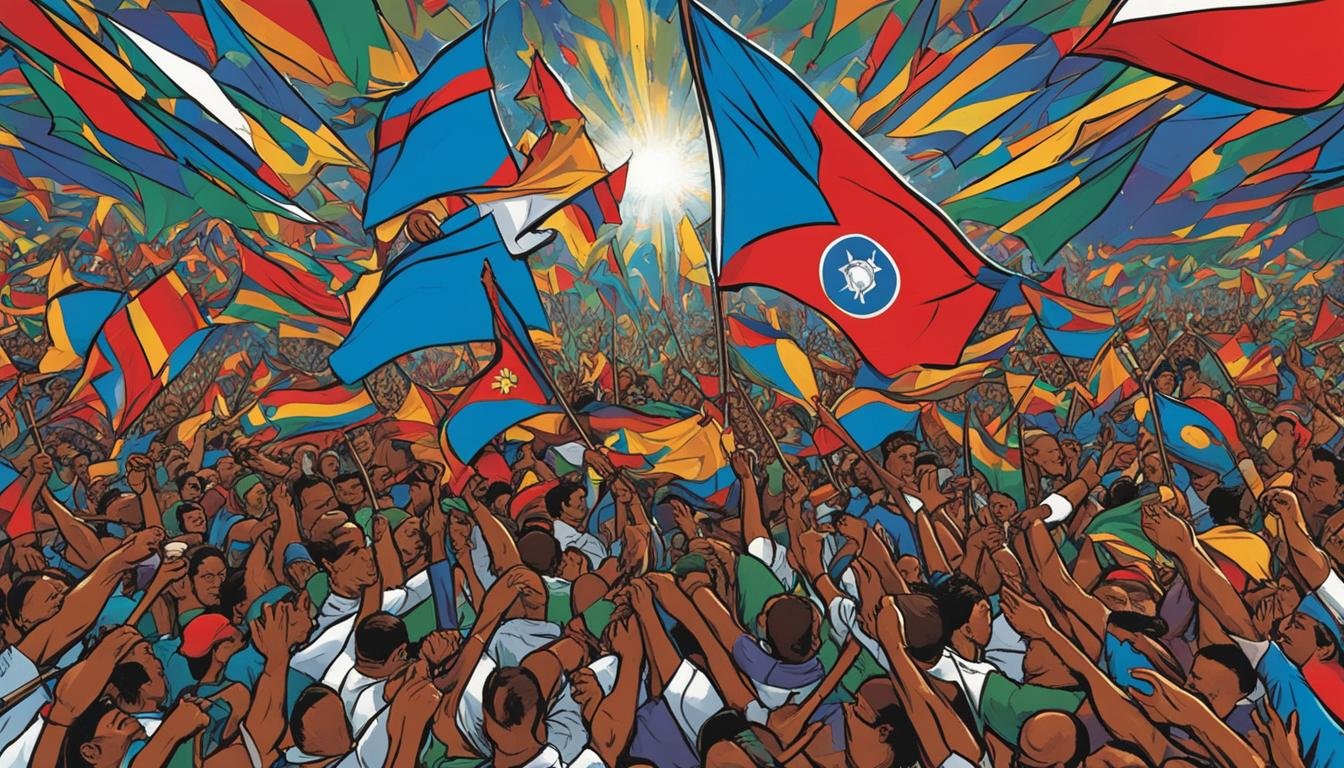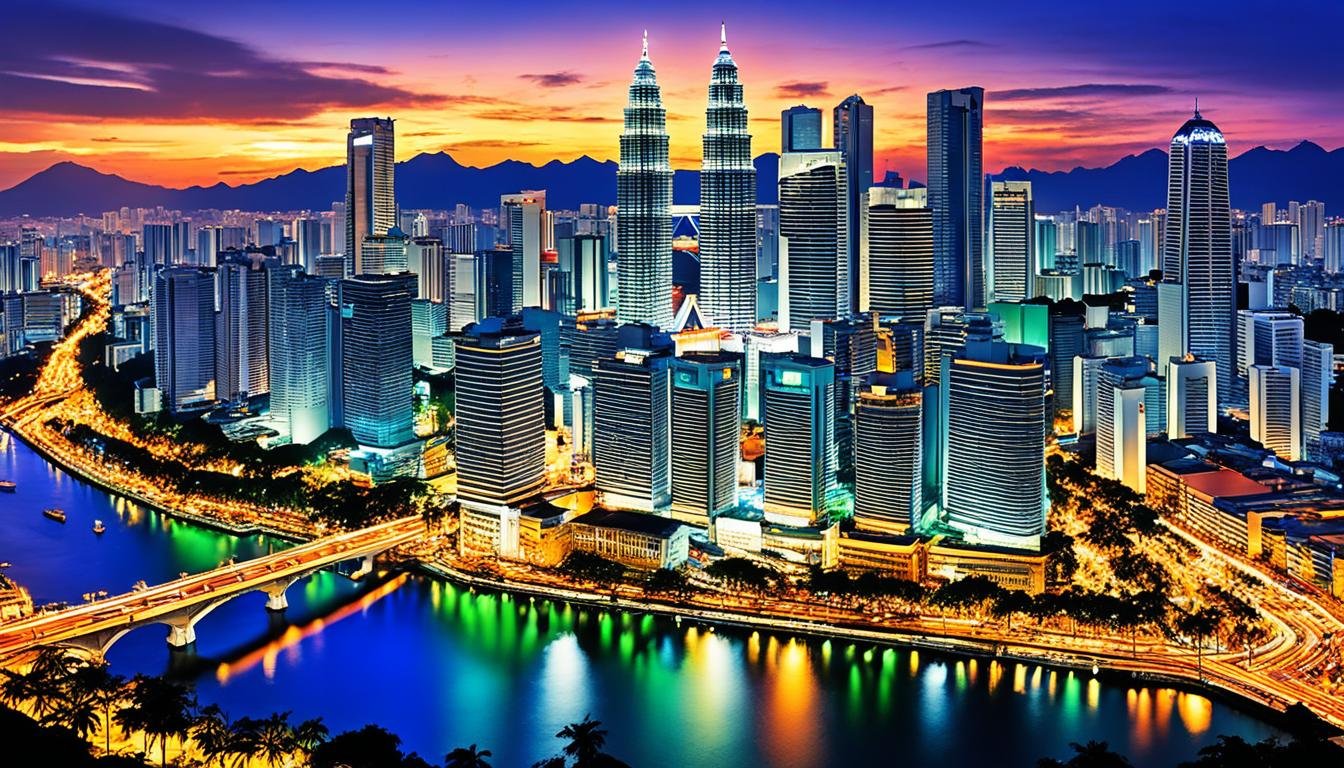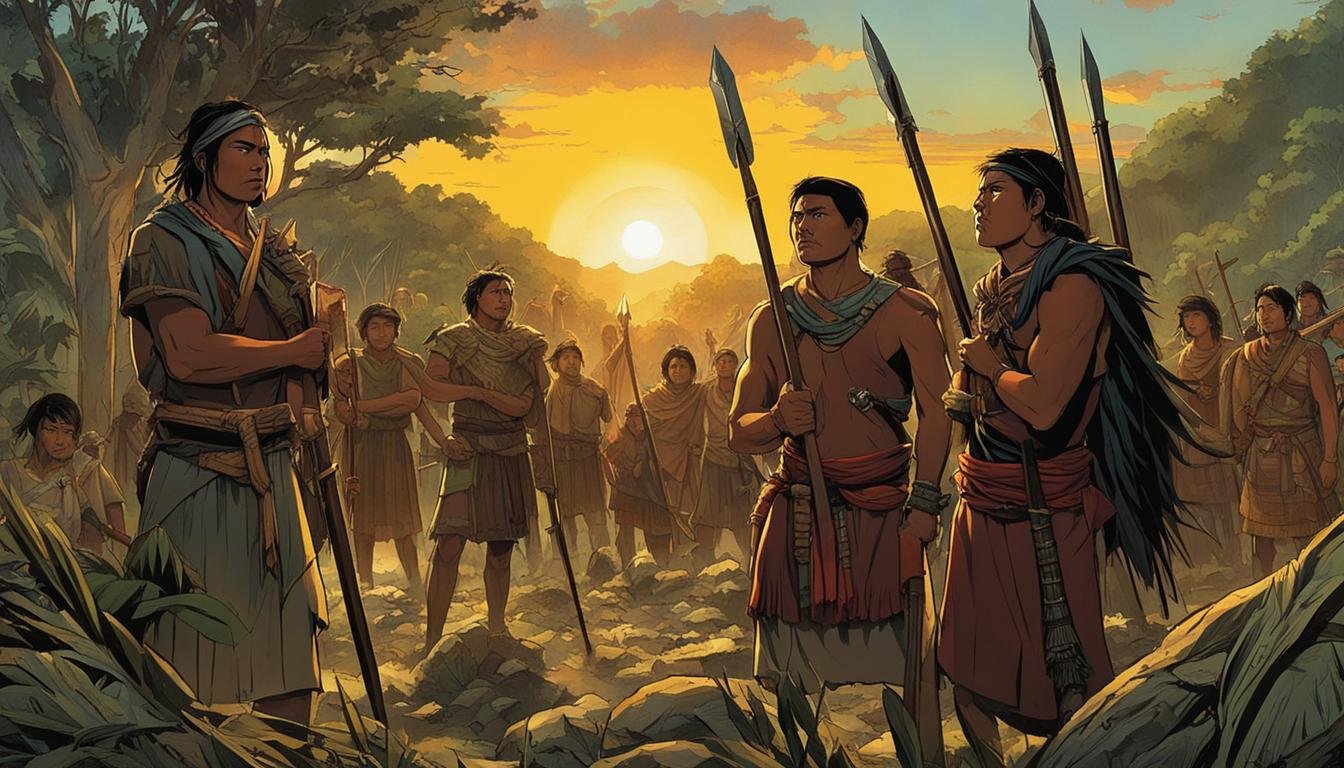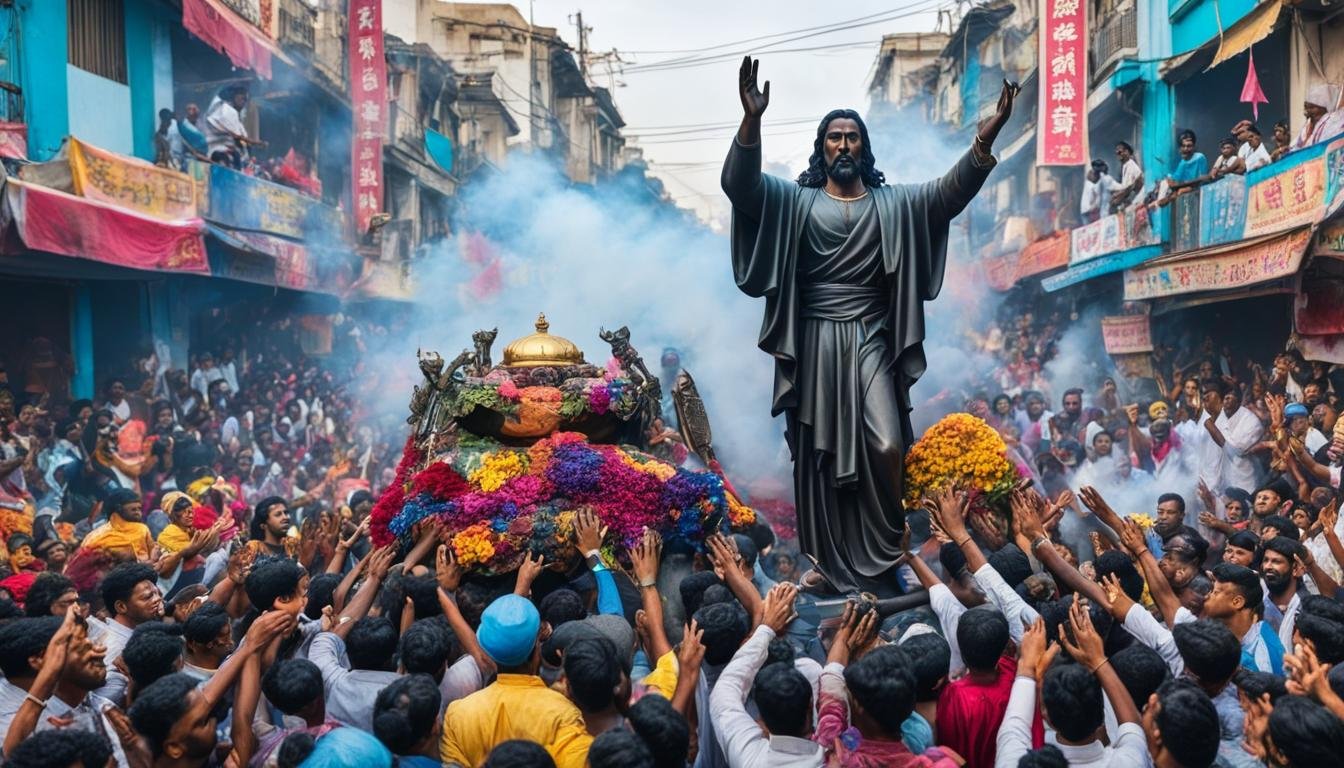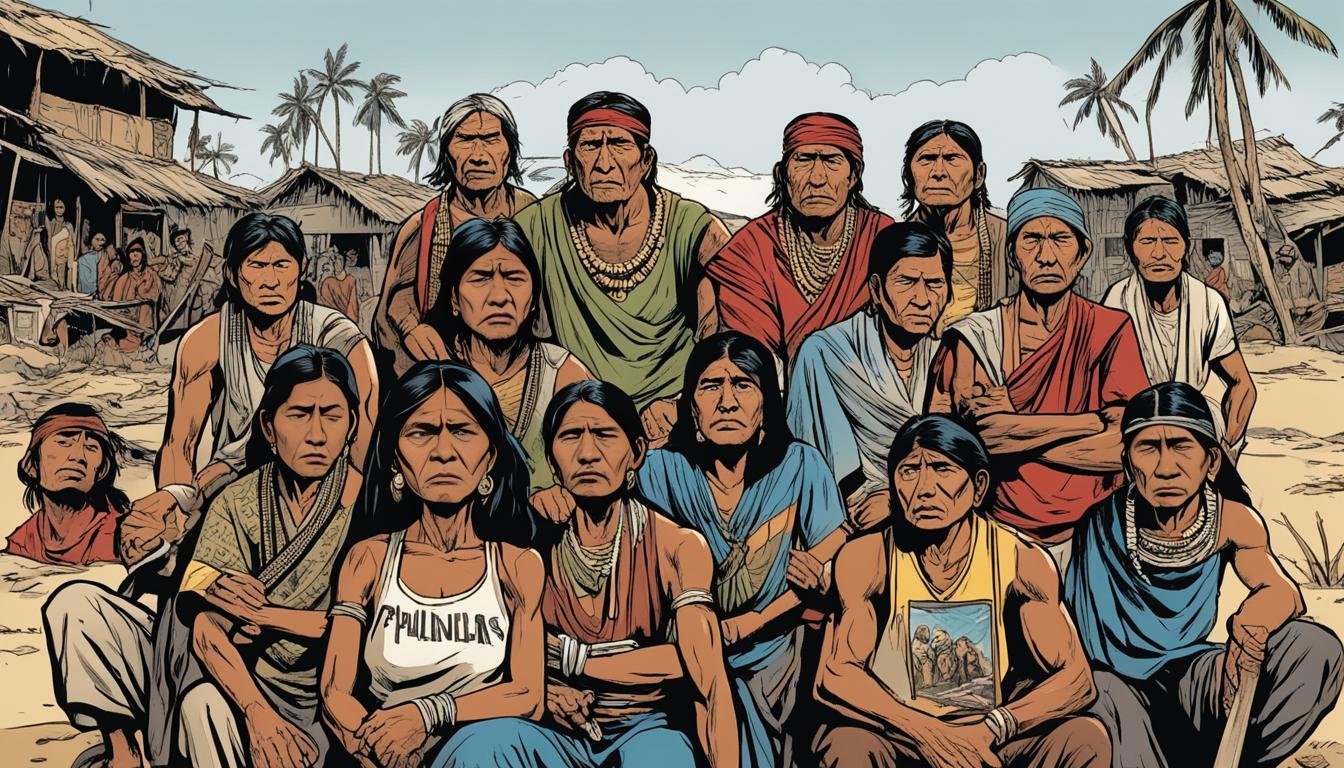The history of the Philippines is marked by pivotal moments where the collective will of its people has dramatically reshaped the political landscape. One such defining event is the Second People Power Revolution, often referred to as EDSA II. This historic uprising, occurring in January 2001, led to the ousting of Erap, then-President Joseph Ejercito…
Contemporary Period (1986-Present)
ARMM: Establishing a Haven for Peace
The history of the Philippines, while rich and diverse, is also marked by periods of intense conflict, particularly in its Southern regions. For decades, the quest for self-determination and redress of historical injustices fueled the Moro conflict in Mindanao, a struggle that claimed countless lives and stunted development. Against this backdrop of persistent unrest, the…
End of an Era: U.S. Military Bases Close in the Philippines
The history of the Philippines is intricately woven with that of the United States. From the turn of the 20th century, following the Spanish-American War and the Philippine-American War, the archipelago transitioned from Spanish colonial rule to becoming a U.S. territory and, later, a close ally. A significant, and often contentious, aspect of this relationship…
Battling Natural Disasters: Earthquakes and Volcanic Eruptions
The archipelago nation of the Philippines is a land of breathtaking beauty, rich culture, and a history deeply intertwined with the powerful forces of nature. Situated squarely within the notorious Ring of Fire, a horseshoe-shaped belt known for its intense seismic activity and frequent volcanic eruptions, the Philippines has faced an unending historical narrative of…
Corazon Aquino Assumes Philippine Presidency
The assumption of the Philippine Presidency by Corazon Aquino in February 1986 stands as one of the most pivotal moments in the nation’s history. It marked the peaceful culmination of the EDSA People Power Revolution, an unprecedented display of civilian and military defiance that effectively ended the two-decade rule of Ferdinand Marcos and signaled the…
The Birth of the Kilusang Bagong Lipunan Party
The Kilusang Bagong Lipunan Party (KBL), translated as the “New Society Movement,” stands as a pivotal, albeit controversial, entity in Philippine political history. Its emergence marked a significant transformation in the nation’s political landscape, shifting away from the multi-party democratic system that characterized the post-war era towards a structure dominated by a single, powerful political…
Manila’s Role as Capital
Manila, a city steeped in history and vibrant with the pulse of modern Philippine life, has held a singular position at the heart of the archipelago for centuries. Its role as capital is not merely an administrative designation but a narrative woven through the fabric of the nation’s past, defining its political, economic, and cultural…
The Resistance Against the Spread of Christianity in the Philippines
The arrival of Miguel López de Legazpi in 1565 marked the beginning of over three centuries of Spanish colonization Philippines. One of the primary objectives of this colonial project was the propagation of Catholicism. While Christianity eventually became the dominant religion in much of the archipelago, its spread of Christianity Philippines was far from a…
Understanding the Black Nazarene Tradition
The Black Nazarene Tradition stands as one of the most profound and widely recognized expressions of faith in the Philippines. At its heart lies a dark-skinned, life-sized image of Jesus Christ carrying the cross, enshrined in the Minor Basilica of the Black Nazarene, more commonly known as Quiapo Church, in Manila. This tradition, particularly the…
The Plight of Philippine Indios
The term “Indio” carries significant historical weight in the context of the Philippines, serving as a stark reminder of the social hierarchy and systemic oppression that defined the islands under Spanish colonial rule for over three centuries. Far from a simple geographical descriptor, “Indio” became the default, often pejorative, label applied by the Spanish colonial…

